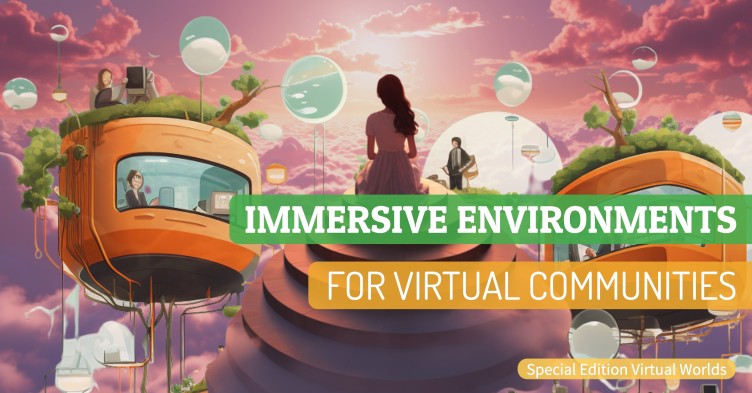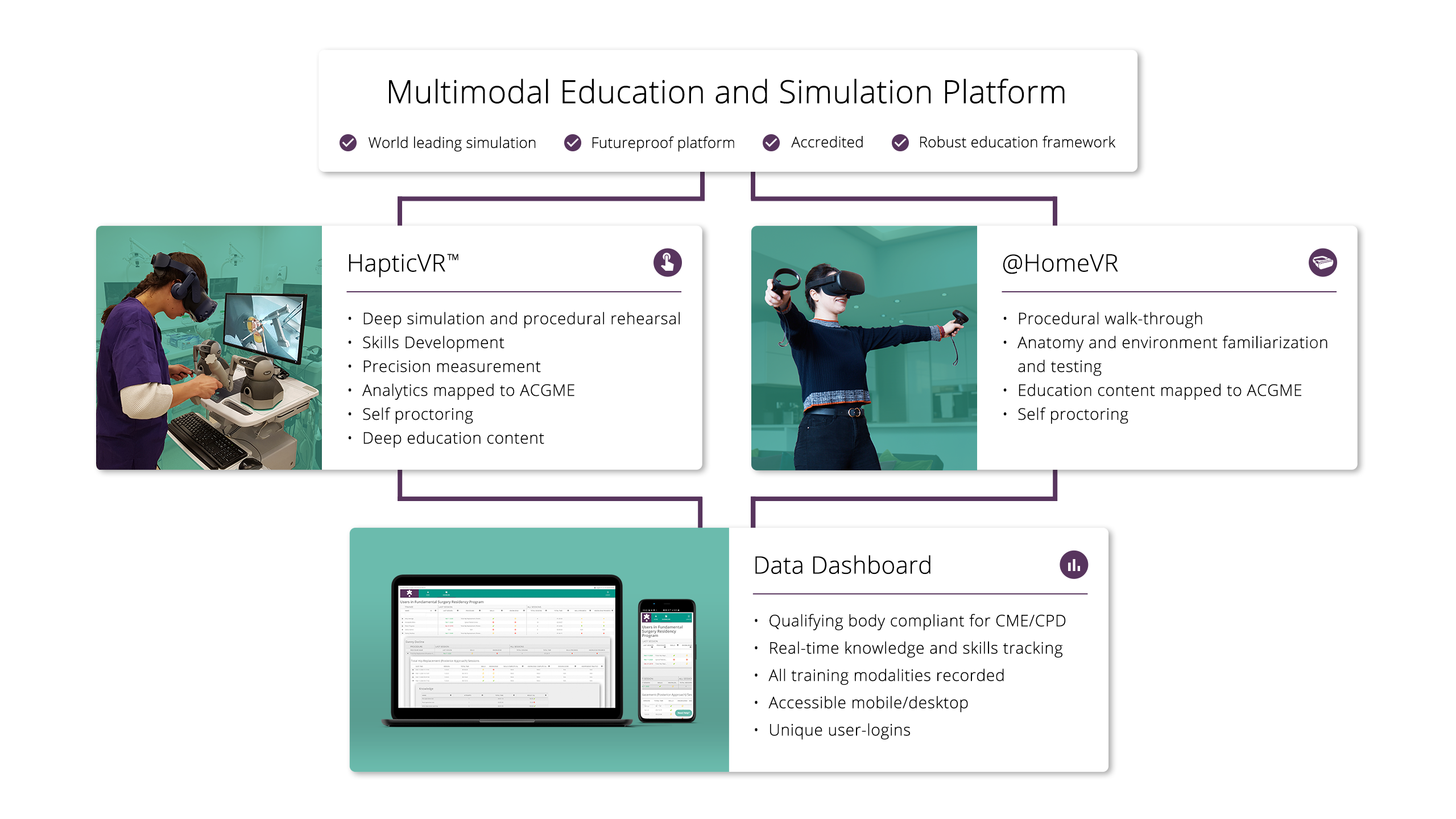Virtual spaces open a new frontier for engagement, connection, and community building. These digital worlds hold a unique power beyond replicating our physical world to augmenting it, presenting experiences and opportunities beyond our traditional reality.
We’ll explore how we can foster a sense of belonging, stimulate interaction, and create compelling, immersive experiences that keep visitors coming back.
Whether you’re a 3D designer, a virtual event planner, or someone curious about the potential of virtual spaces, this episode provides insights into creating virtual worlds that engage and captivate.
User Onboarding & Accessibility
🌱 Create a Welcoming Environment
When newcomers arrive in your virtual world, guide them using welcome signs and initial instructions. Explaining what they can do and what they can expect will help visitors get familiar with their surroundings. Signage or maps can reduce any initial confusion or uncertainty and allow them to start exploring your space comfortably.


💡 Interactive Tutorials
Offering tutorials can demystify any unique features. By showing specific functions, movements, or actions, you empower visitors to engage with your virtual experience.
Immersive Experience Design

🔍 Sense of Discovery
Avoid revealing everything at once. Begin by placing users in a smaller space. This approach not only prevents overwhelm but also enhances the feeling of wonder and anticipation as they embark on their exploration.

🌐 Immersive Design
Use 3D models, texture, and quality sound effects, to create an immersive experience. Let your imagination run wild as you explore vibrant colors, shapes, and sizes.

🌦️ Dynamic Environments
Creating a lively atmosphere with changing scenery, weather effects, day and night cycles, or reactive elements. Make the environment dynamic rather than static with changing scenery or interactive objects that react to movement.
Community Dynamics

🏘️ Community Building
Facilitate community building with features like forums, shared spaces, community events, and collaborative projects. Fostering a sense of community can significantly increase engagement.

📆 Calendar of Events
Establish a calendar of events and allow users to subscribe or RSVP. Regular events foster community, maintain interest and keep the environment dynamic.
🔥 Popular Interests
Aligning your content with current news and trends can spark new conversations. Consider inviting thought leaders or communities relevant to your own, or expose your community to new and enlightening learnings.

Engaging Content & Activities

👓 Wearables
Providing wearables that users can interact with. These can range from fun costumes and unique accessories to everyday items like a cup of coffee. They can also enable role-playing or other interactive elements that enhance the social aspect of the environment.

🎮 Mini-games
Introduce games or challenges related to the theme of your virtual world. These activities can provide entertainment, encourage collaboration, and add an element of fun.

🤖 Leveraging NPCs
Use non-player characters (NPCs) to enhance user experience. These programmed guides can navigate visitors through the space, initiate activities, and offer additional learning touchpoints.
Competition & Progression
🏅 Achievements and Rewards
Incorporating a system of achievements and rewards can motivate users to further engage with your virtual environment. Some examples include badges, points, or unlockable content for completing tasks or challenges.

📈 Leaderboards
By adding leaderboards, you can acknowledge and reward engagement within your community. Whether it’s recognizing the most interactive player, the longest-standing member, or high performers in various activities.

💰 Virtual Economy
Creating a virtual economy where users can earn, trade, and spend virtual currency.
Emotional Engagement & Wellbeing

❤️ Emotional Connection
Go beyond mere engagement and seek to create a profound impact that deeply resonates with individuals. By leveraging the power of storytelling and immersive design, the experience transforms into a captivating moment of wonder, fostering genuine emotional connections with others in a state of reverie.

🧘 Mindful of Wellness
Moments that unite us physically and virtually hold immense value, cultivating a sense of shared experience and social presence.
Real-world Integration & Social Sharing

🔗 Content Integration
Allowing visitors to integrate elements of the virtual world into their real-world environment, and vice versa, using AR technology. This blending of realities can make the virtual experience more engaging pre or post-events.
📣 Social Sharing Features
Giving community the opportunities to share their experiences, achievements, or created content on social media platforms. This can enhance engagement and also attract new visitors to the virtual world.

Quelle:




